All reports
Gaucher disease
·
Apr 9, 2025
Inclusion of Gaucher disease in newborn screening panels across the U.S.
This report presents a compelling case for the inclusion of Gaucher disease in newborn screening panels across the United States
Reports are in beta and continually improving. They are not a substitute for professional medical advice. Please contact us to give feedback.

Stay informed
This report was published in our weekly newsletter and on our community page. Follow to stay up to date with the latest news and research relevant to your condition.
Listen to the audio version
Collaborators
Barry Rosenbloom, M.D.
Clinical Professor of Medicine, Director of Gaucher Disease Center
Cedars-Sinai Medical Center
9090 Wilshire Blvd, Ste 300
Beverly Hills, CA 90211
Can Ficicioglu, M.D., Ph.D.
Professor of Pediatrics
Perelman School of Medicine at the University of Pennsylvania
The Children’s Hospital of Philadelphia, Division of Human Genetics
Clinical Director of Section of Biochemical Genetics
Director, Newborn Screening and Lysosomal Storage Disease Programs
Carlos Prada, MD
Division Head, Genetics, Genomics and Metabolism
Medical Director; Cellular and Gene Therapy Program;
Valerie and George D. Kennedy Research Professorship in Human Molecular Genetics
Professor of Pediatrics (Genetics, Genomics and Metabolism)
Northwestern University Feinberg School of Medicine
Lurie Children’s Hospital of Chicago
225 E. Chicago Ave.
Chicago, Illinois 60611
Jeremy Lorber, M.D.
Cedars-Sinai Tower Hematology Oncology Medical Group
9090 Wilshire Blvd #300,
Beverly Hills, CA, 90211
Ozlem Goker-Alpan MD
Founder & President
Lysosomal & Rare Disorders Research & Treatment Center
3702 Pender Drive, Suite 170
Fairfax, VA 22030
Pramod Mistry, MBBS, PhD, MA, MD
Professor of Medicine and Pediatrics
Professor of Cellular & Molecular Physiology
Director of Yale Lysosomal Disease Center and Gaucher Disease Treatment Center
PO Box 208064; 333 Cedar St; LMP 1080; New Haven, CT 06520
Seymour Packman, M.D.
Professor Emeritus, Division of Medical Genetics
Department of Pediatrics, University of California San Francisco
San Francisco, CA
Executive Summary
Gaucher disease (GD) is a rare genetic disorder with potentially life-threatening complications. Early detection through newborn screening (NBS) allows for timely intervention and improved outcomes for affected individuals with all types of the disease.
This report presents a compelling case for the inclusion of GD in NBS panels across the United States. It highlights the clinical justification, technical feasibility, public health benefits and cost-effectiveness of screening for GD. Additionally, it examines state-level success stories and addresses common concerns to NBS for GD.
Key points on the necessity of including gd in newborn screening panels
GD is a serious genetic disorder with potentially life-threatening symptoms.
Early diagnosis and treatment through NBS can significantly improve health outcomes.
Reliable screening tests and effective treatments are available.
NBS for GD is cost-effective and aligns with public health goals.
Overview of benefits, urgency, and recommendations
Benefits: Early diagnosis through NBS enables timely initiation of treatment, preventing irreversible damage and improving long-term health outcomes for individuals with GD, as well as allowing for genetic counselling for families affected and future children.
Urgency: Early detection is critical, especially for severe forms of GD, which can manifest with rapidly progressing symptoms [1].
Recommendation: We advocate for the inclusion of GD in NBS panels nationwide.
Introduction
Gaucher disease (GD) is a rare, inherited metabolic disorder characterized by the accumulation of fatty substances (lipids) in various organs, tissues and bone [2]. This lipid buildup can lead to a range of symptoms, including enlarged organs, bone pain, anemia, easy bruising, and in severe cases, neurological complications [1].
Current landscape of GD newborn screening in the U.S.
Currently, only six states - Illinois, Missouri, New Jersey, Tennessee, New Mexico, and Oregon - include GD in their NBS panels [3].Screening for GD is also available at select New York hospitals and birthing sites through the ScreenPlus pilot program [3]. However, GD is not yet included in the Recommended Uniform Screening Panel (RUSP) provided by the Secretary of the “U.S. Department of Health and Human Services” to guide state health agencies.
Purpose of this paper
This analysis aims to provide a comprehensive overview of GD and the compelling reasons for its inclusion in newborn screening (NBS) panels throughout the United States [5]. It will examine the clinical, technical, public health, and economic aspects of GD screening, while also addressing common objections and highlighting successful state-level implementations.
Background on Gaucher disease
GD is a lysosomal storage disorder caused by a deficiency of the enzyme glucocerebrosidase [5]. This enzyme deficiency disrupts the breakdown of a fatty substance called glucocerebroside, leading to its accumulation in cells and tissues [5]. Over time, this excessive storage in the lysosomes can cause permanent cellular and tissue damage, particularly in the spleen, liver, bone marrow, and brain [6]. GD is classified as a "toxic accumulation" inborn error of metabolism, as the buildup of glucocerebroside lipids can have harmful effects on various organs and systems [7].
Types of GD and clinical manifestations
There are various types of Gaucher disease and a wide spectrum of disease within each classification [7]. The three major clinical types are:
Type 1 (non-neuronopathic): This is the most common type in the United States affecting the spleen, liver, blood, and bones [8]. It typically does not involve the brain or spinal cord. Symptoms can range from mild to severe and may appear at any age [8].
Type 2 (acute neuronopathic): This rare form appears in infants younger than six months and causes severe brain damage [8]. It is typically fatal within the first few years of life.
Type 3 (chronic neuronopathic): This type causes both organ and neurological problems [8]. Symptoms usually appear in early childhood and progress more slowly than in type 2.
Clinical manifestations of GD vary depending on the type and severity of the disease. Common symptoms include [1]:
Enlarged spleen and liver (hepatosplenomegaly)
Low red blood cell count (anemia)
Low platelet count (thrombocytopenia), leading to easy bruising and bleeding
Bone pain and abnormalities
Lung problems
Cardiovascular manifestations, including pulmonary hypertension and cardiomyopathy
Neurological complications, such as seizures, muscle stiffness, and developmental delay (in types 2 and 3)
Increased risk of Parkison’s and Multiple Myeloma
Genetic basis and prevalence
GD is caused by variants (mutations) in the GBA1 gene, which provides instructions for making the enzyme glucocerebrosidase [1]. This enzyme plays a crucial role in the body by cleaving the beta-glucosidic linkage of glucocerebroside lipids [7]. GD is inherited in an autosomal recessive pattern, meaning that a child must inherit two mutated copies of the gene (one from each parent) to develop the disease [1].
GD occurs in approximately one in 50,000 to one in 100,000 people in the general population [1]. The incidence is higher among people of Ashkenazi Jewish descent, affecting approximately one in 450 live births within this population [9].
Challenges and delays in current diagnostic practices
Diagnosing GD can be challenging due to the variability of symptoms and the rarity of the disease [10]. Many patients experience diagnostic delays, sometimes consulting several specialists before receiving an accurate diagnosis [11]. This delay can lead to disease progression and irreversible complications such as advanced bone disease [12].
Factors contributing to diagnostic delays include:
Variable clinical presentation: GD symptoms can overlap with those of other disorders, making it difficult to recognize [13].
Low physician awareness: Due to its rarity, many healthcare providers are unfamiliar with GD [13].
Nonspecific symptoms: Mild or nonspecific symptoms may not prompt physicians to consider GD in their differential diagnoses [13].
The historical context of GD research sheds light on the challenges faced in understanding and diagnosing this disorder [14]. Early research focused on recognizing the enzymatic defect, isolating and characterizing the protein, and identifying the first mutant alleles in patients [14]. These efforts have paved the way for advancements in diagnostic techniques and treatment options.
Delayed diagnoses in GD patients contribute to slower-than-optimal initiation of treatment and can result in irreversible complications [12]. Early detection is critical, especially for severe forms of GD, which present with rapidly progressing symptoms [1]. These insights underscore the urgency of implementing effective strategies for early diagnosis, such as newborn screening.
The case for newborn screening
NBS for GD offers numerous benefits and addresses the challenges associated with current diagnostic practices.
Clinical justification: impact of early diagnosis and treatment
Early diagnosis of GD through NBS allows for timely initiation of treatment, which can significantly improve health outcomes [15]. Treatment options for GD include enzyme replacement therapy (ERT) and substrate reduction therapy (SRT) [15]. ERT aims to replace the deficient enzyme, while SRT reduces the production of the substance that accumulates in the body [15].
Early intervention can help prevent or reverse many of the non-neurological manifestations of GD, such as organ enlargement, bone disease, and blood abnormalities [16]. It can also improve overall quality of life and potentially normalize life expectancy for individuals with type 1 GD [16]. Additionally, early treatment may help prevent heart and lung problems that can occur in some GD patients [12].
Although current treatment options for neuronopathic GD (types 2 and 3) do not eliminate all neurological symptoms, early diagnosis allows for optimized supportive care, participation in clinical trials and access to potential future therapies, such as gene therapy or chaperone-based treatments which are under development. Early identification can enable physicians to provide neuroprotective strategies, manage seizures, and anticipate respiratory complications before they become life-threatening. Furthermore, neuronopathic GD patients receive all the visceral benefits that current treatments provide.
Technical Feasibility: Reliable Screening Tests and Their Advantages
Reliable screening tests for GD are available and can be readily incorporated into existing NBS programs. The primary screening method involves measuring the activity level of the enzyme glucocerebrosidase in a dried blood spot sample collected from the newborn's heel [17]. This test is specific and sensitive, effectively identifying infants with low enzyme activity who may have GD [18].
Advantages of the screening test include:
Minimally invasive: It requires only a small blood sample from the baby's heel.
High throughput: It can be performed efficiently on a large scale.
Cost-effective: It is relatively inexpensive to perform, as all states are already testing for other lysosomal storage conditions that use the same technology.
Public health perspective: addressing health disparities and improving outcomes
NBS for GD aligns with public health goals by promoting early detection and intervention for a serious genetic disorder. It can help address health disparities by ensuring that all infants, regardless of their background or access to healthcare, have the opportunity to benefit from early diagnosis and treatment.
By identifying and treating GD early, NBS can contribute to:
Reduced morbidity and mortality: Preventing severe complications and improving long-term health outcomes.
Improved quality of life: Enabling individuals with GD to live healthier and more fulfilling lives.
Reduced healthcare costs: Early intervention can prevent costly hospitalizations and long-term care needs.
Early detection through NBS also facilitates comprehensive monitoring of bone health in GD patients, using tools such as MRI and DEXA scans [13]. This proactive approach can help prevent or mitigate bone complications, such as fractures and osteonecrosis.
Early intervention is particularly crucial for infants with type 3 GD, as timely symptom monitoring can help prevent severe neurological decline. Identifying affected infants early allows families to access genetic counselling, supportive therapies, and emerging experimental treatments.
Cost-effectiveness: long-term healthcare savings through early intervention
Studies suggest that NBS is a cost-effective strategy in the long run [20]. Early diagnosis and treatment can lead to significant healthcare savings by preventing or reducing the need for expensive interventions, such as splenectomy, blood transfusions, and joint replacement surgery [20].
State-level success stories
Several states have successfully implemented NBS for GD, including Illinois, Missouri, New Jersey, Tennessee, Oregon and New Mexico. Screening in several of these states has been done since 2014, demonstrating the feasibility and benefits of screening [6].
Outcomes and best practices from these implementations
These states have reported positive outcomes from their NBS programs for GD, including:
Increased detection rates: Identifying more infants with GD, including those who may not have been diagnosed otherwise.
Timely intervention: Enabling early initiation of treatment and preventing disease progression.
Improved health outcomes: Reducing the incidence of severe complications and improving long-term health for individuals with GD.
It is important to acknowledge that false-positive newborn screening results can occur, highlighting the need for confirmatory testing to ensure accurate diagnosis and appropriate follow-up care [5].
Best practices from these state-level implementations include:
Collaboration among stakeholders: Engaging healthcare providers, public health officials, and patient advocacy groups in program development and implementation.
Education and outreach: Providing information to parents and healthcare providers about GD and the benefits of NBS.
Follow-up and diagnostic testing: Ensuring timely and appropriate follow-up testing for infants with positive screening results.
Access to treatment and care: Connecting families with specialized care centers and support services.
Overcoming common objections
While NBS for GD offers numerous benefits, some common objections have been raised.
Concern 1: GD is a rare disease, and screening all newborns may not be cost-effective.
Response: While GD is rare in the general population, it is more common in certain ethnic groups, such as people of Ashkenazi Jewish descent [9]. Furthermore, the long-term healthcare savings from early intervention can outweigh the initial costs of screening in all populations [20]. In addition, as all states are already screening for other lysosomal storage disorders, the cost to add GD is minimal.
Concern 2: Screening for a late-onset disorder like GD may cause unnecessary anxiety for parents.
Response: Gaucher disease is not a late-onset disorder. While parental anxiety is a valid concern, studies have shown that providing education and support to families can effectively mitigate this anxiety [21]. Clear communication and support from healthcare providers are essential to address parental concerns and ensure informed decision-making [22]. It is crucial to consider the potential psychological impacts of misdiagnosis and the lack of knowledge among medical providers, which can further contribute to parental anxiety [23]. Plus, the clinical harms to the patient and family without diagnosis comes with its own set of anxieties. Numerous disorders being screening for all have various onset times including neonates, older children, and adults. Gaucher is no different and has years of published data unlike other NBS conditions.
Concern 3: There is limited genotype-phenotype correlation in GD, making it difficult to predict disease severity based on screening results.
Response: While genotype-phenotype correlation can be complex, early diagnosis still allows for close monitoring and timely intervention if symptoms develop [25]. This can prevent irreversible complications and improve overall outcomes. Research in this area is ongoing, as demonstrated by a study conducted in Andalusia, Spain, which identified a novel mutation in the GBA gene [26].
Policy recommendation for newborn screening
Integrating Gaucher disease into newborn screening panels represents not just a clinical imperative but a decisive public health advancement. Early detection equips healthcare providers with the tools needed to prevent irreversible damage and improve long-term outcomes, while also reducing the burden on families and the healthcare system. By embracing evidence-based policy recommendations, fostering robust stakeholder engagement, and mobilizing advocacy efforts at both state and national levels, policymakers can drive a transformative change that ensures every newborn receives the opportunity for timely diagnosis and intervention. The time to act is now. By prioritizing Gaucher disease screening, we can pave the way for a healthier future and set a new standard in newborn care.
The rapid development of novel therapies, including cell and gene therapies, presents both opportunities and challenges for newborn screening programs [28]. To effectively accommodate these advancements, a coordinated national vision and solutions are needed to address issues such as cross-state variability, national harmonization, data collection, and support for state implementation [28].
Conclusion
The inclusion of GD in NBS panels across the U.S. is a critical step towards improving the lives of individuals with this life-threatening genetic disorder. Early diagnosis through NBS enables timely intervention, prevents irreversible organ damage, and improves long-term health outcomes. Reliable screening tests and effective treatments are available, making NBS for GD both feasible and beneficial.
Policymakers should prioritize the inclusion of GD in NBS panels, considering the evidence of its effectiveness, the potential benefits for families and society, and the long-term cost-effectiveness of early intervention.
Patient advocacy groups are playing a vital role in raising awareness about GD, educating families, and advocating for policies that support early detection and access to treatment.
By overcoming common objections, learning from state-level success stories, and adapting to advancements in treatment and technology, stakeholders can work collaboratively to ensure that all newborns have the opportunity to benefit from early detection and treatment of Gaucher disease. This will ultimately improve public health and reduce healthcare disparities.
References
Gaucher Disease - Symptoms, Causes, Treatment | NORD
https://rarediseases.org/rare-diseases/gaucher-disease/Lidsen
https://www.lidsen.com/journals/genetics/genetics-06-03-165Gaucher | Baby's First Test | Newborn Screening | Baby Health
https://www.babysfirsttest.org/newborn-screening/conditions/gaucherGaucher Disease | Newborn Screening – HRSA
https://newbornscreening.hrsa.gov/conditions/gaucher-diseaseNewborn Screening Program - Gaucher Disease - Illinois Department of Public Health, http://www.idph.state.il.us/healthwellness/fs/gaucher.htm
Gaucher Disease – StatPearls – NCBI Bookshelf
https://www.ncbi.nlm.nih.gov/books/NBK448080/Gaucher Disease: Symptoms, Causes & Treatment
https://my.clevelandclinic.org/health/diseases/16234-gaucher-diseaseWhat Is Gaucher Disease?
https://www.gaucherdisease.org/about-gaucher-disease/what-is/Obstacles to Early Diagnosis of Gaucher Disease | TCRM – Dove Medical Press, https://www.dovepress.com/obstacles-to-early-diagnosis-of-gaucher-disease-peer-reviewed-fulltext-article-TCRM
Consequences of diagnostic delays in type 1 Gaucher disease – ResearchGate, https://www.researchgate.net/publication/6338593_Consequences_of_diagnostic_delays_in_type_1_Gaucher_disease_The_need_for_greater_awareness_among_Hematologists-Oncologists_and_an_opportunity_for_early_diagnosis_and_intervention
Call for earlier diagnosis to improve Gaucher disease outcomes
https://www.pharmaceutical-technology.com/analyst-comment/delayed-diagnoses-in-gaucher-disease-patients/Diagnosis and Testing Overview – Know Gaucher Disease, https://www.knowgaucherdisease.com/hcp/diagnosis-testing
Gaucher Disease: Progress and Ongoing Challenges – PMC
https://pmc.ncbi.nlm.nih.gov/articles/PMC5425955/Gaucher Disease Diagnosis & Treatment
https://www.gaucherdisease.org/gaucher-diagnosis-treatment/Recent advances in the diagnosis and management of Gaucher disease – PMC
https://pmc.ncbi.nlm.nih.gov/articles/PMC6129380/Gaucher Testing/Diagnosing | Cerdelga® (eliglustat)
https://hcp.cerdelga.com/testing-and-diagnosingTesting for Gaucher disease
https://www.gauchercommunity.org/services/genetic-testingGaucher disease – Diagnosis and treatment – Mayo Clinic
https://www.mayoclinic.org/diseases-conditions/gauchers-disease/diagnosis-treatment/drc-20355551Economic burden and health-related quality of life of ultra-rare Gaucher disease in China – PMC, https://pmc.ncbi.nlm.nih.gov/articles/PMC8356434/
Newborn Screening for Gaucher Disease: Parental Stress and Psychological Burden – MDPI, https://www.mdpi.com/2409-515X/11/1/14/review_report
Newborn Screening for Gaucher Disease: Parental Stress – PubMed, https://pubmed.ncbi.nlm.nih.gov/39982348/
Newborn Screening in Gaucher Disease – ResearchGate
https://www.researchgate.net/publication/363854376_Newborn_Screening_in_Gaucher_Disease_A_Bright_and_Complicated_FutureTackling Mental Health Challenges Within the Gaucher Disease Community
https://www.gaucherdisease.org/blog/tackling-mental-health-challenges-within-the-gaucher-disease-community/Screening, patient identification, evaluation, and treatment in patients with Gaucher disease: Results from a Delphi consensus
Al-Hertani W, Balwani M, et al. Screening, patient identification, evaluation, and treatment in patients with Gaucher disease: Results from a Delphi consensus.Genotype/phenotype relationship in Gaucher disease patients – DIGITAL.CSIC
https://digital.csic.es/handle/10261/237952
Adding Conditions to State Newborn Screening Panels: Recommendations – APHL, https://www.aphl.org/programs/newborn_screening/Documents/LLINBS/NBS-Expanding-Newborn-Screening-032016.pdf
Expert Evaluation of Strategies to Modernize Newborn Screening – PMC
https://pmc.ncbi.nlm.nih.gov/articles/PMC8717100/

Hemophilia
·
Qfitlia: A breakthrough in hemophilia treatment
Apr 3, 2025

Multiple myeloma
·
Navigating clinical trials in multiple myeloma
Apr 2, 2025

Gene and cell therapy
·
An introduction to cell therapy
Mar 25, 2025

Gene and cell therapy
·
An introduction to gene therapy
Mar 19, 2025
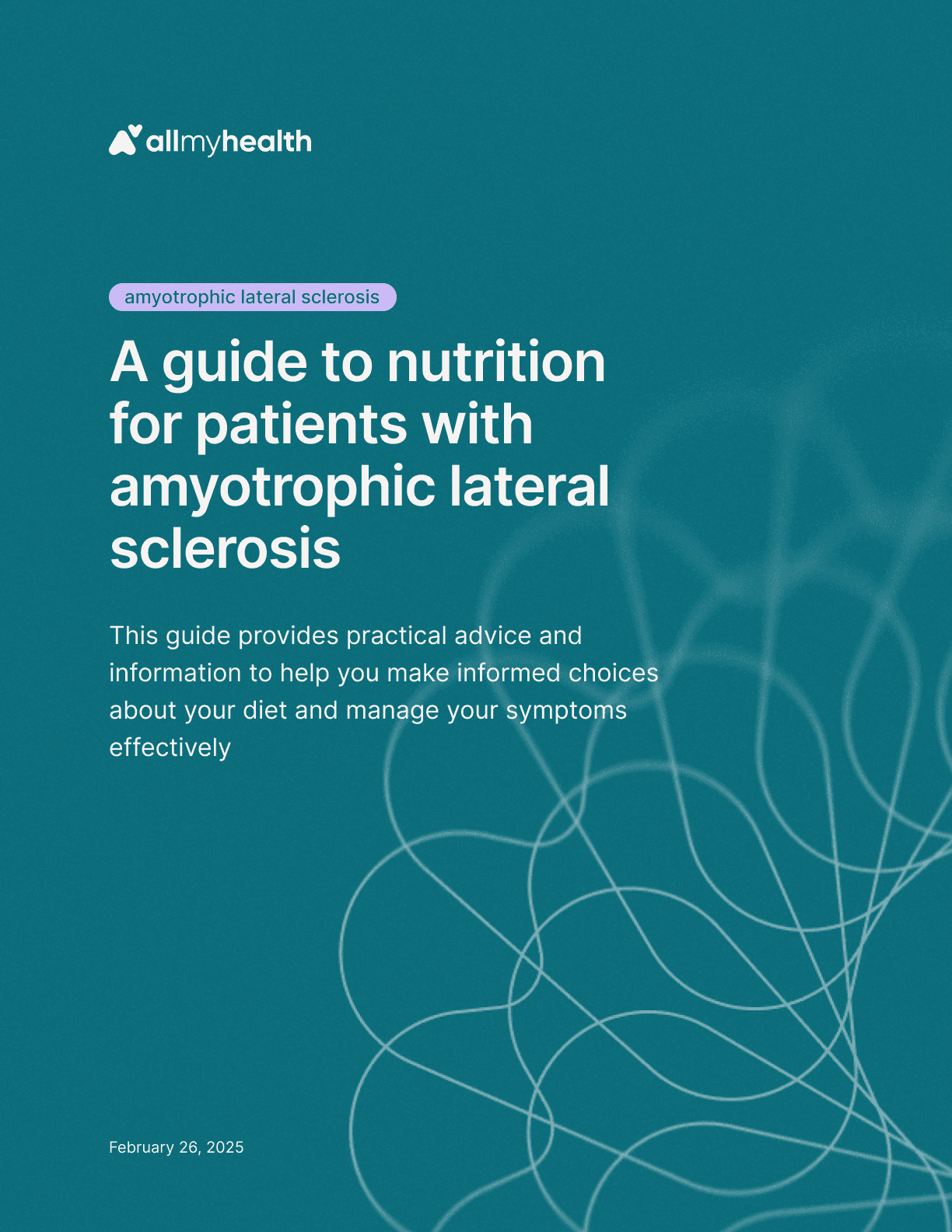
Amyotrophic lateral sclerosis
·
A guide to nutrition for patients with amyotrophic lateral sclerosis
Feb 26, 2025

Huntington's disease
·
A guide to nutrition for patients with Huntington's disease
Feb 26, 2025

Spinal muscular atrophy
·
A guide to nutrition for patients with spinal muscular atrophy
Feb 26, 2025
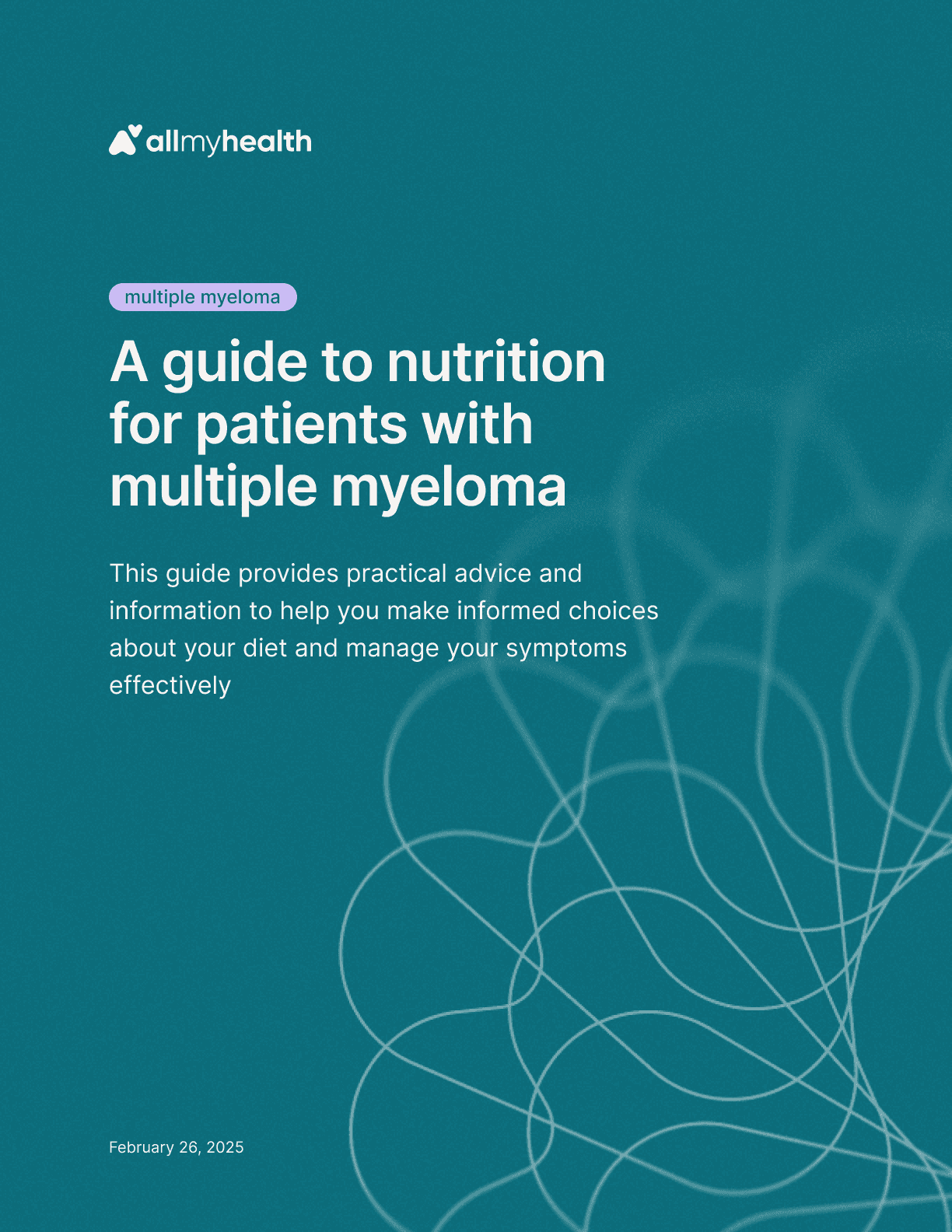
Multiple myeloma
·
A guide to nutrition for patients with multiple myeloma
Feb 26, 2025
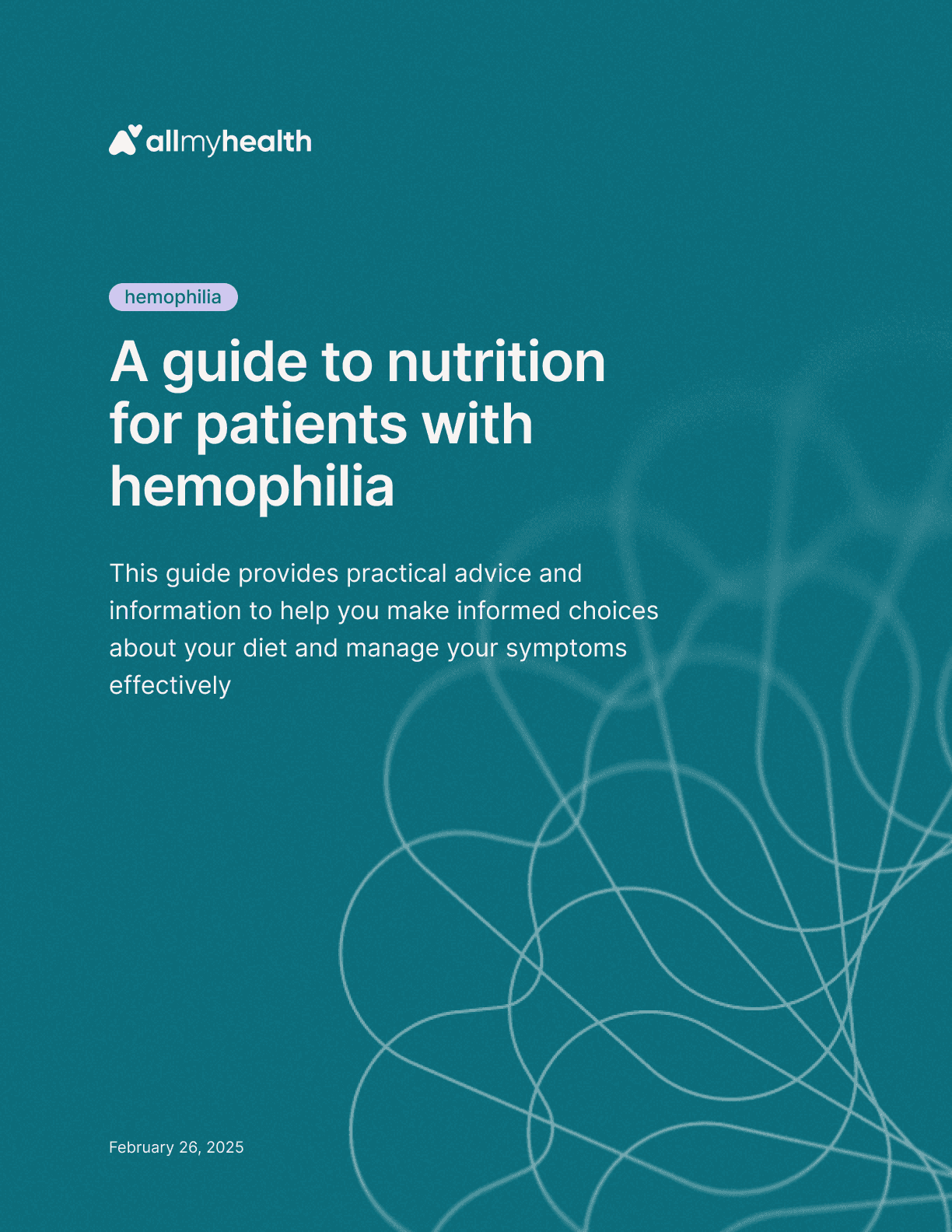
Hemophilia
·
A guide to nutrition for patients with hemophilia
Feb 26, 2025
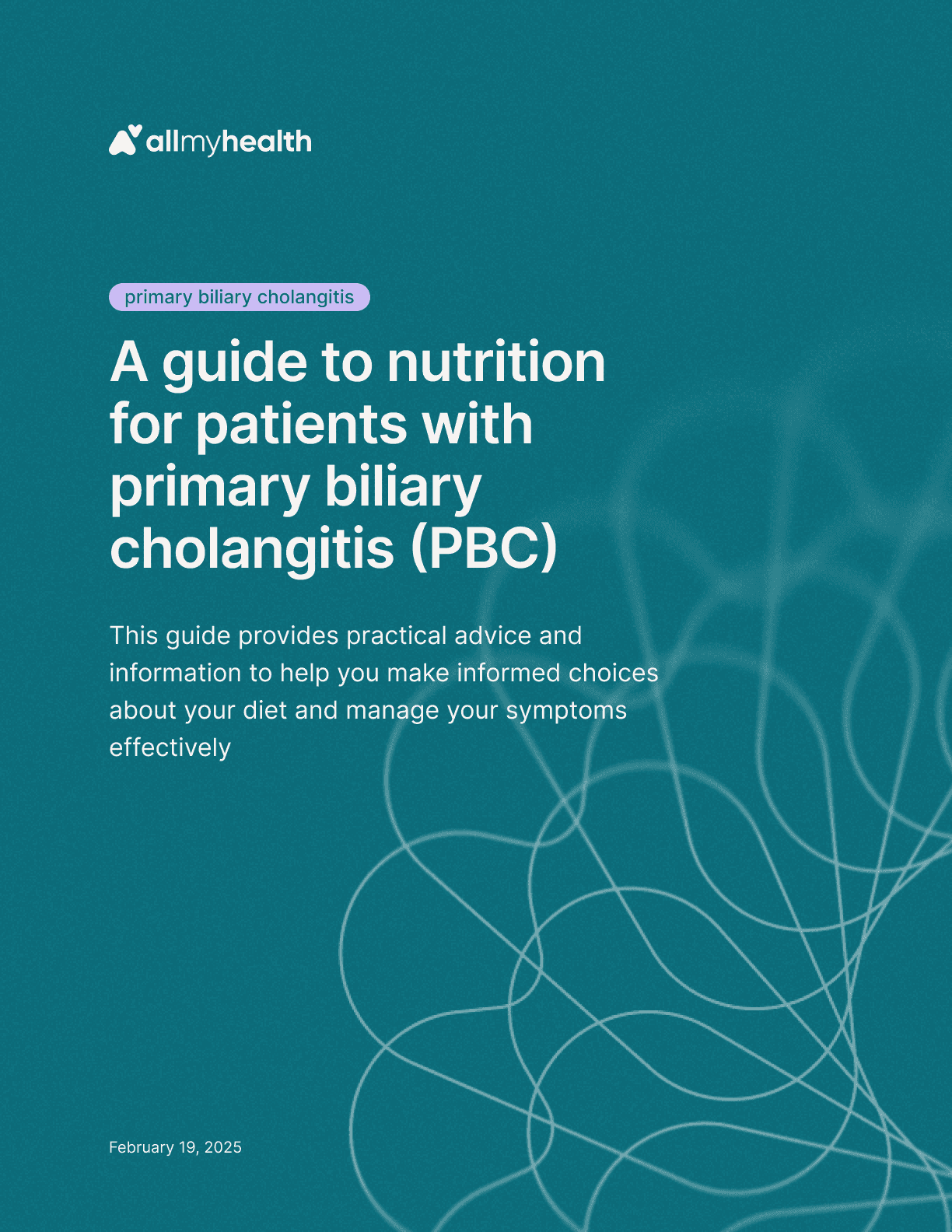
Primary biliary cholangitis
·
A guide to nutrition for patients with primary biliary cholangitis (PBC)
Feb 19, 2025
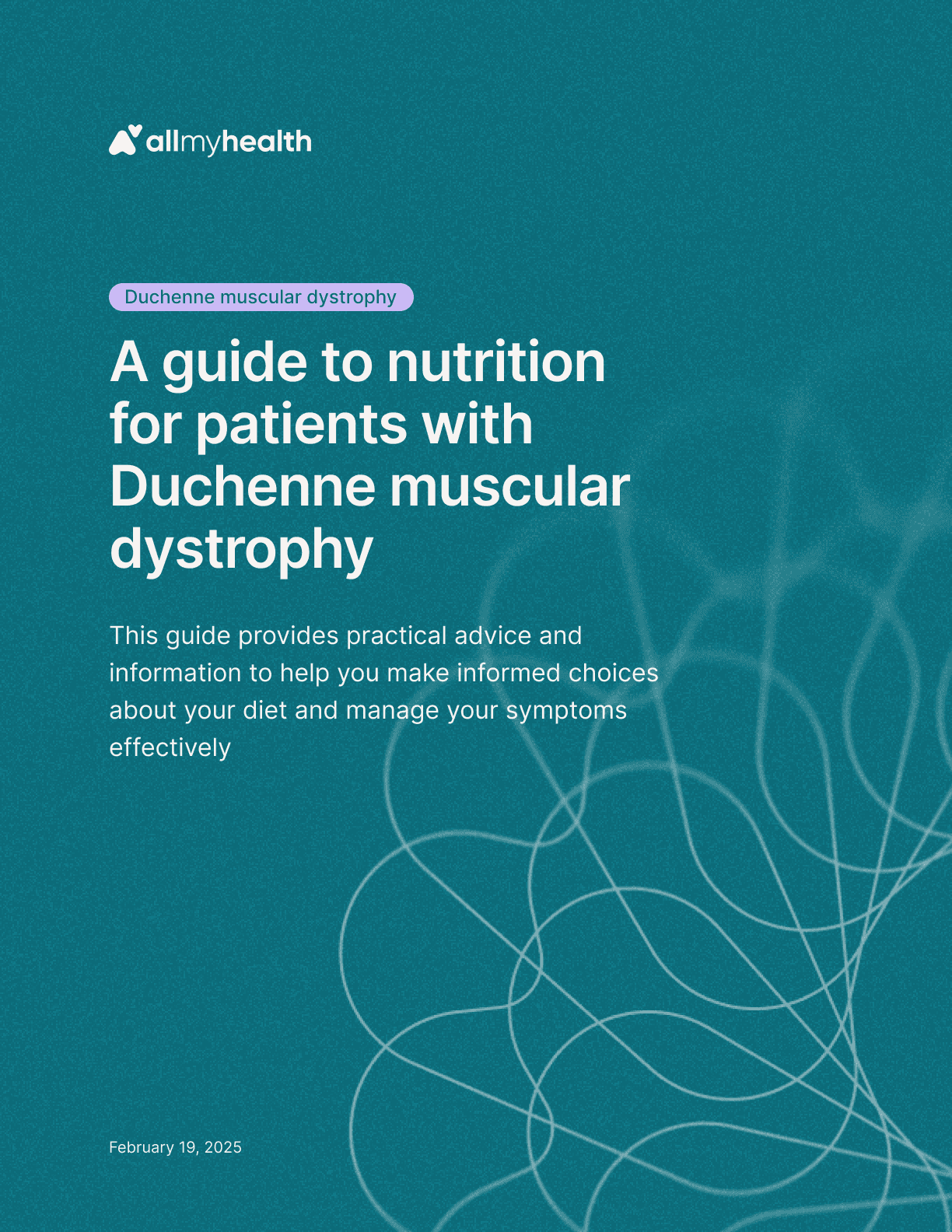
Duchenne muscular dystrophy
·
A guide to nutrition for patients with Duchenne muscular dystrophy
Feb 19, 2025
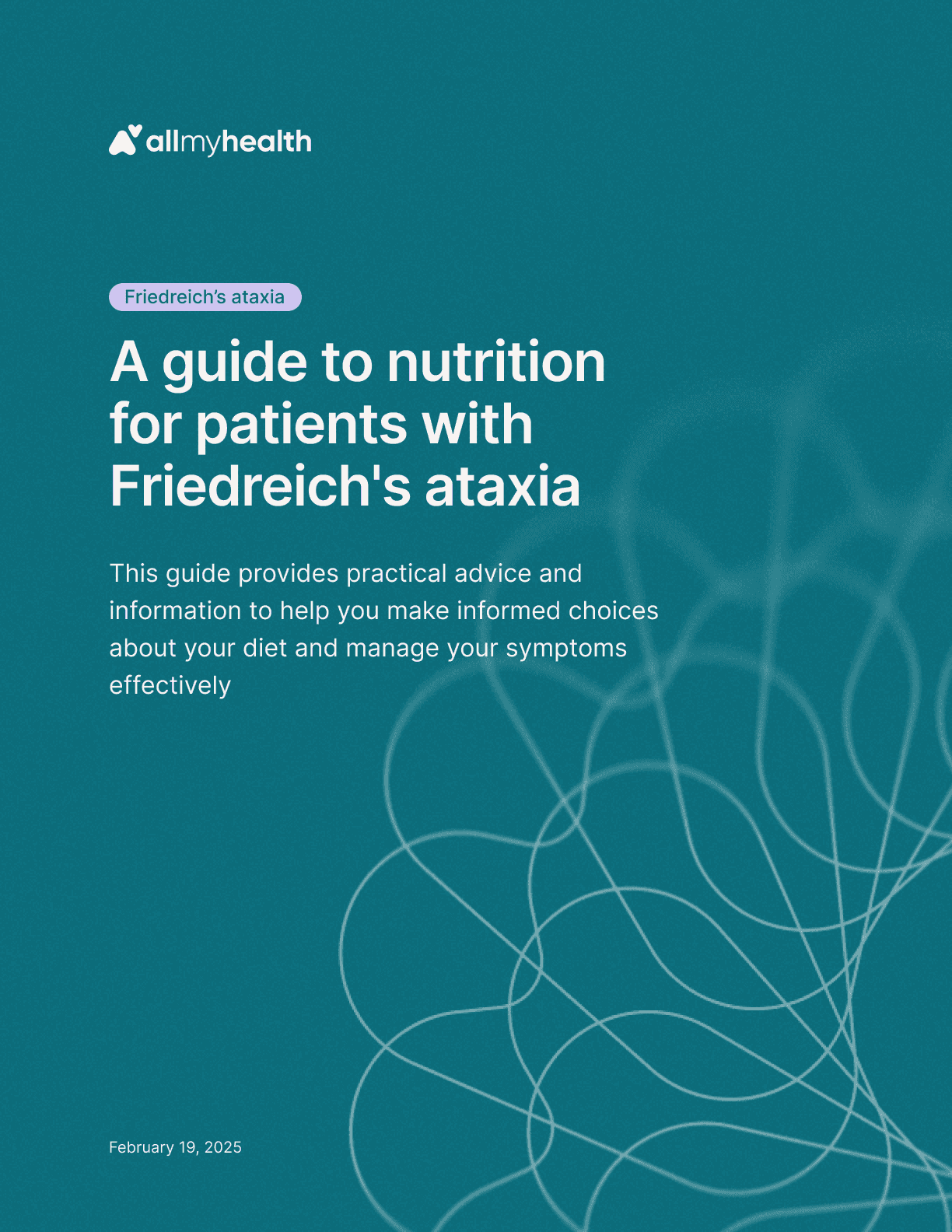
Friedreich's ataxia
·
A guide to nutrition for patients with Friedreich's ataxia
Feb 19, 2025
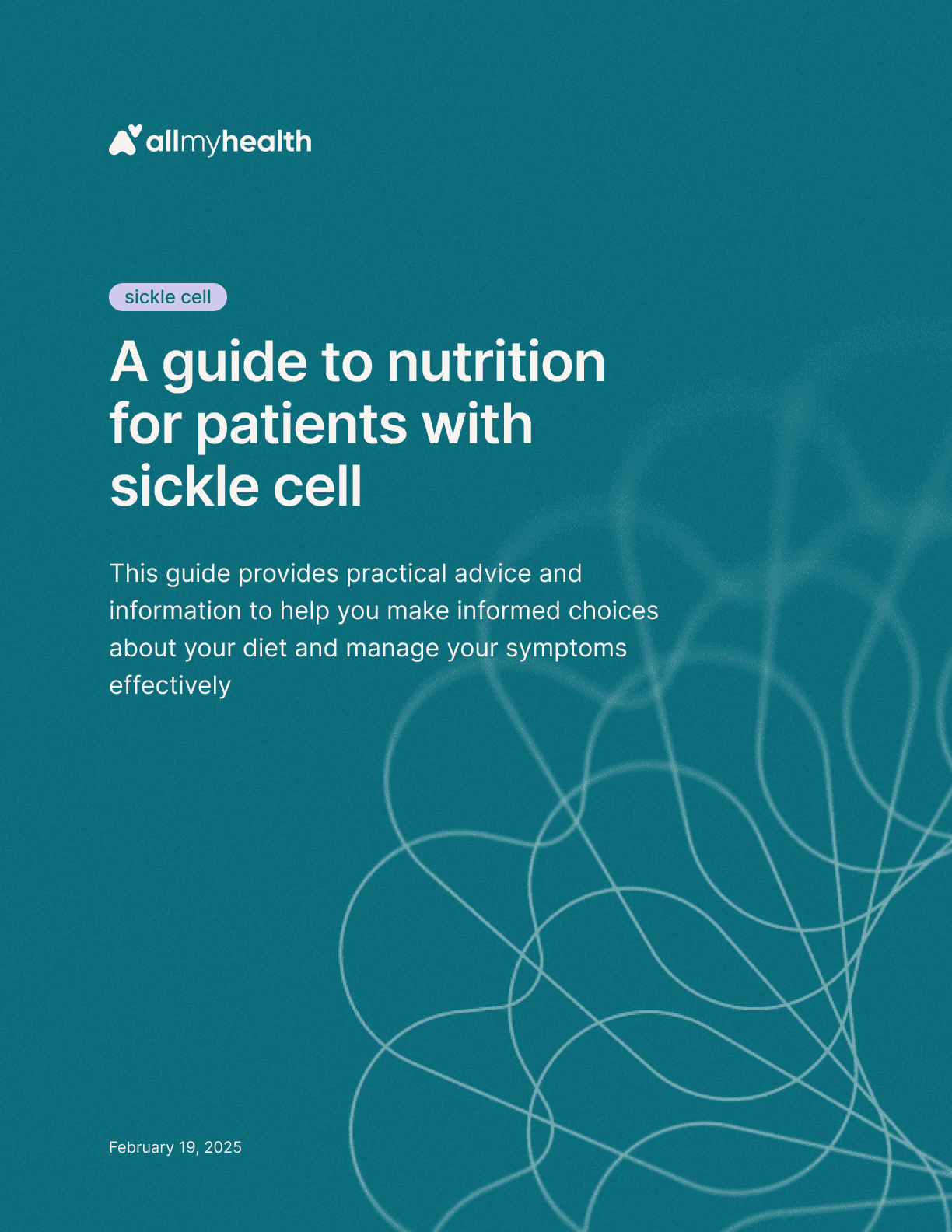
Sickle cell
·
A guide to nutrition for patients with sickle cell
Feb 19, 2025

Mantle cell lymphoma
·
A guide to nutrition for patients with mantle cell lymphoma
Feb 19, 2025

Myasthenia gravis
·
A guide to nutrition for patients with myasthenia gravis
Feb 19, 2025

Primary biliary cholangitis
·
Specialty pharmacies: a guide for primary biliary cholangitis patients & carers
Feb 12, 2025
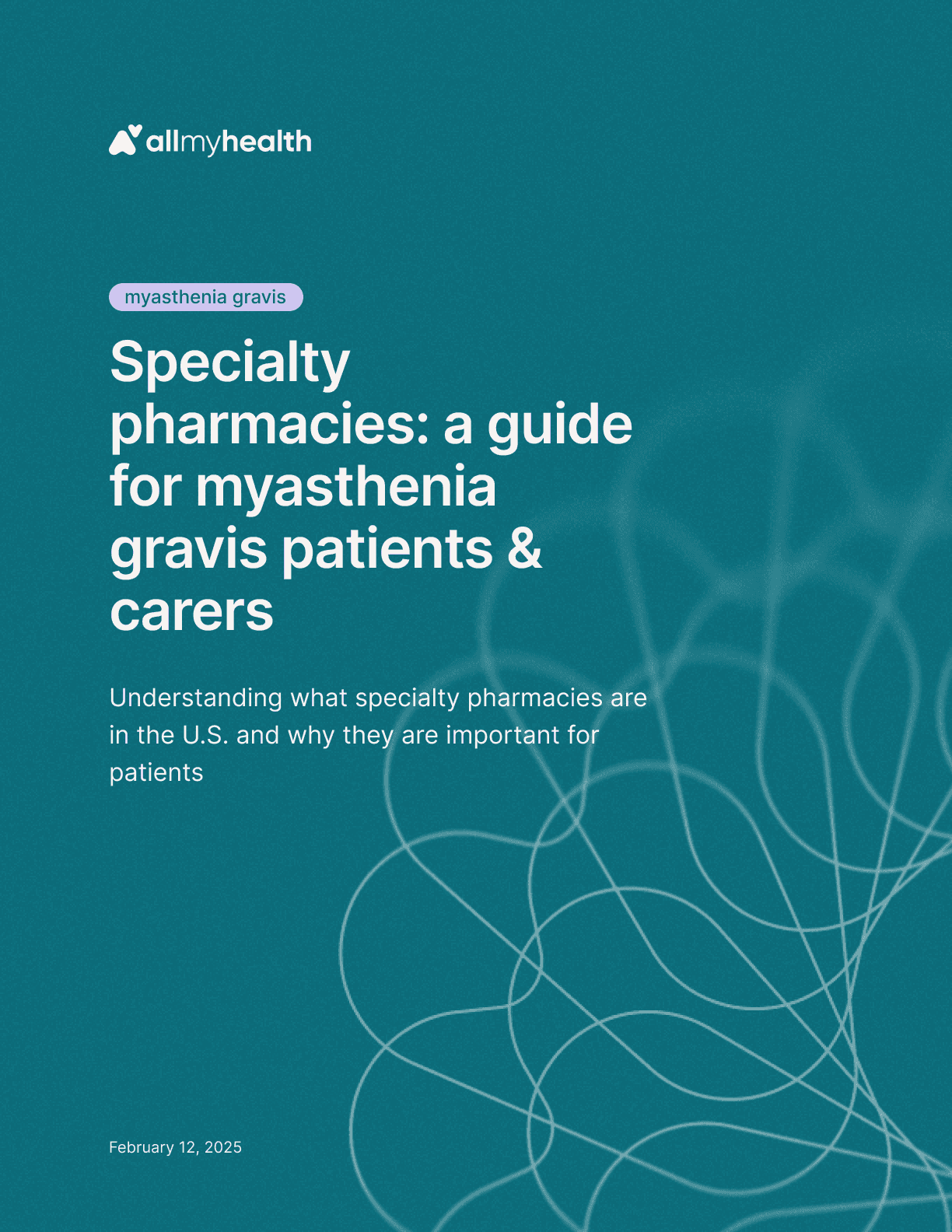
Myasthenia gravis
·
Specialty pharmacies: a guide for myasthenia gravis patients & carers
Feb 12, 2025
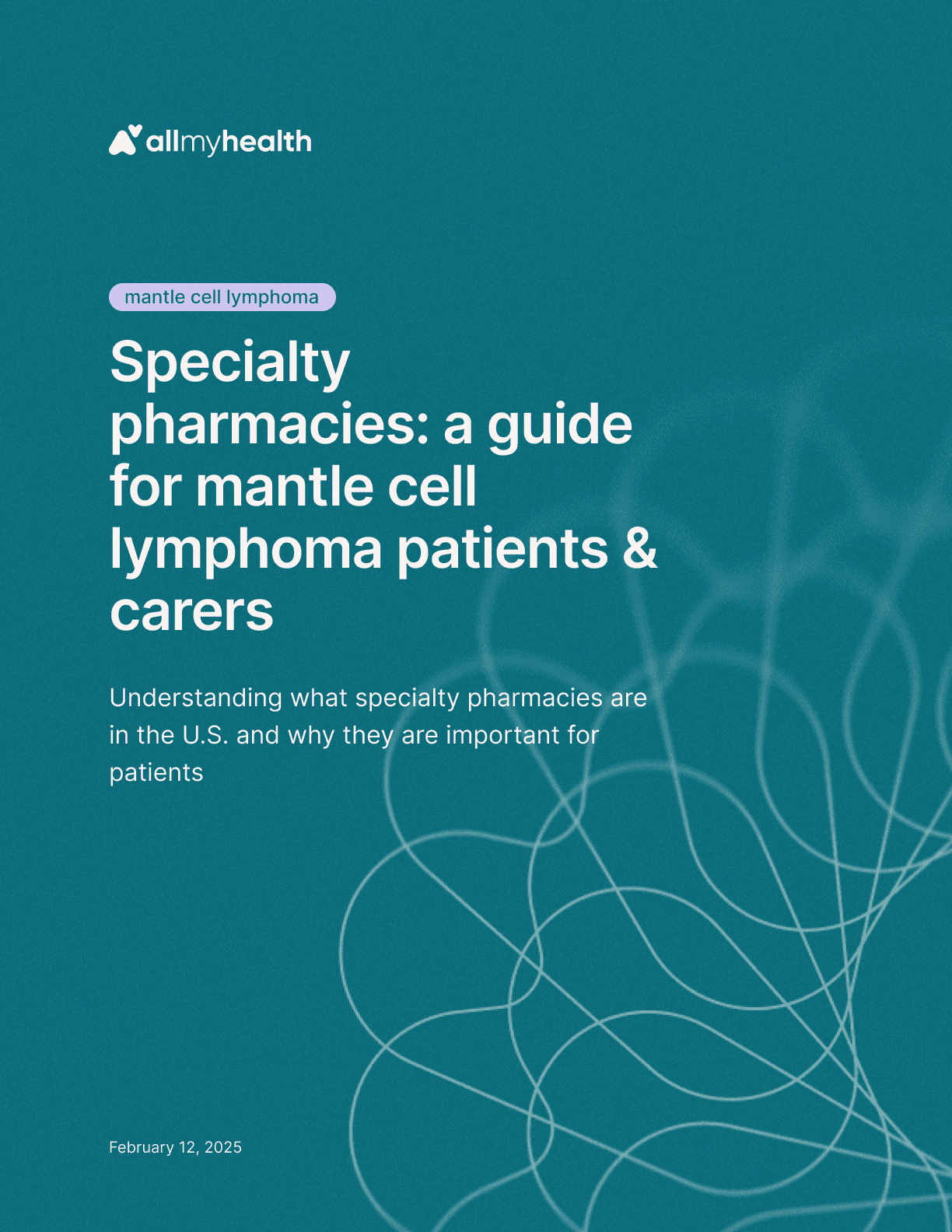
Mantle cell lymphoma
·
Specialty pharmacies: a guide for mantle cell lymphoma patients & carers
Feb 12, 2025

Friedreich's ataxia
·
Specialty pharmacies: a guide for Friedreich’s ataxia patients & carers
Feb 12, 2025
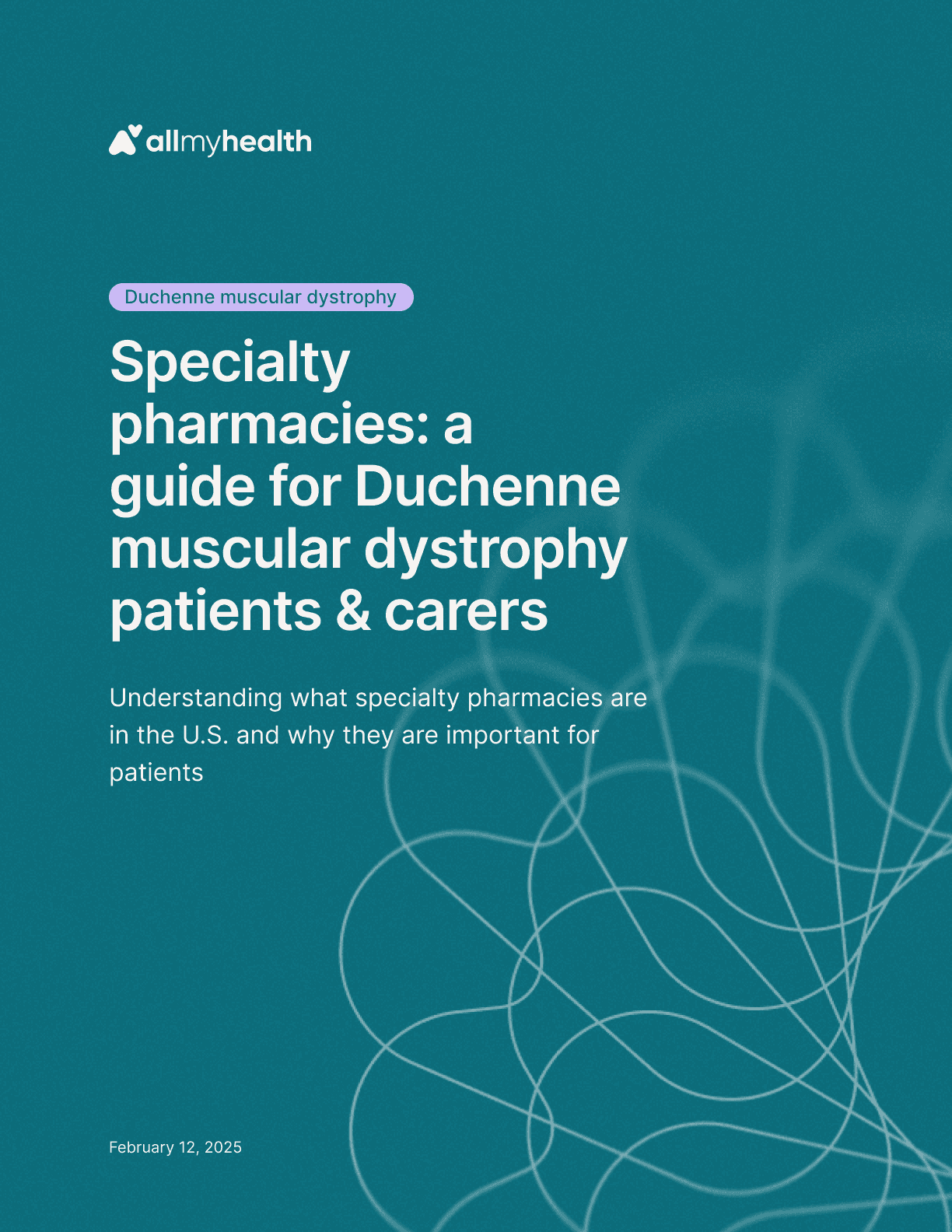
Duchenne muscular dystrophy
·
Specialty pharmacies: a guide for Duchenne muscular dystrophy patients & carers
Feb 12, 2025

Spinal muscular atrophy
·
Specialty pharmacies: a guide for SMA patients & carers
Feb 6, 2025

Sickle cell
·
Specialty pharmacies: a guide for sickle cell patients & carers
Feb 6, 2025

Multiple myeloma
·
Specialty pharmacies: a guide for multiple myeloma patients & carers
Feb 6, 2025

Huntington's disease
·
Specialty pharmacies: a guide for Huntington’s disease patients & carers
Feb 6, 2025
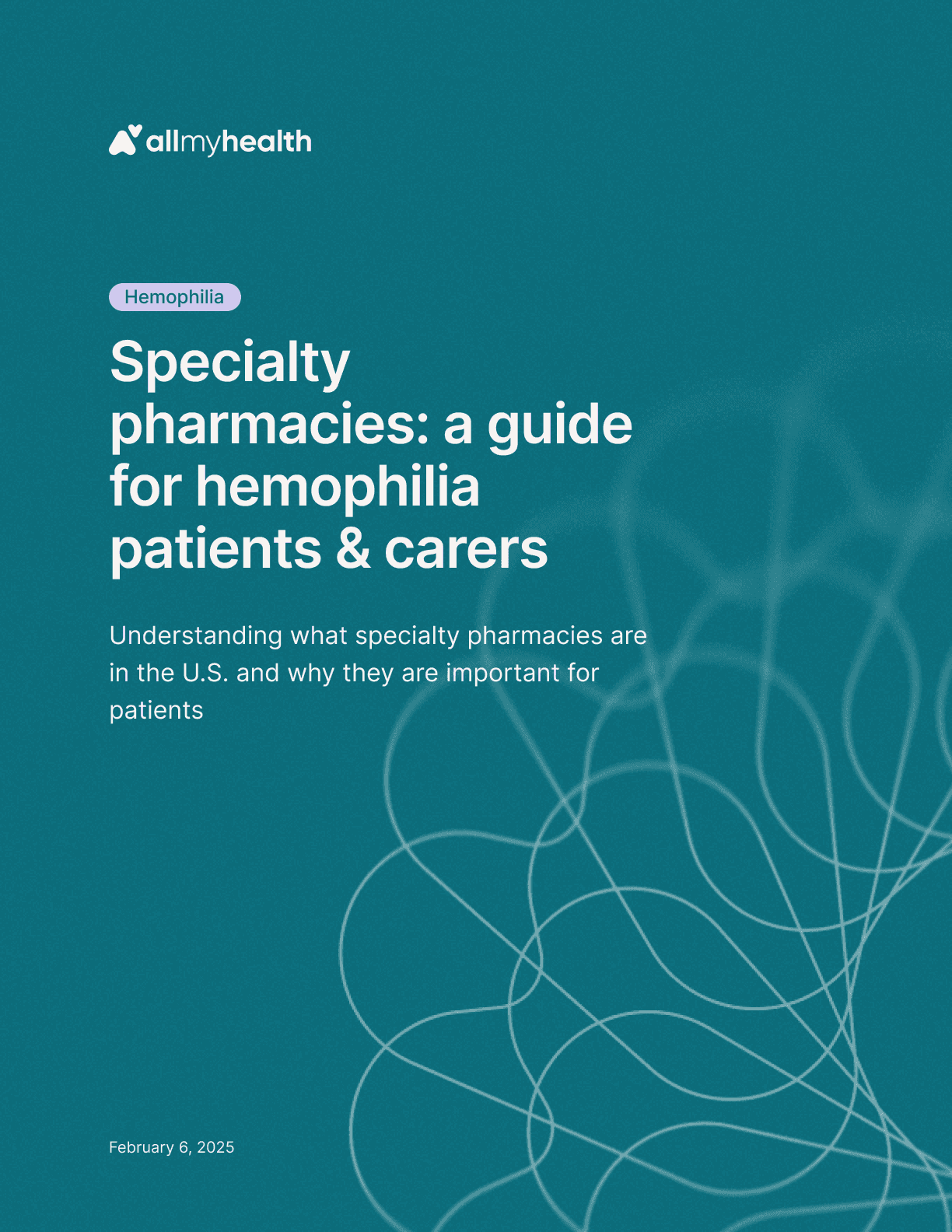
Hemophilia
·
Specialty pharmacies: a guide for hemophilia patients & carers
Feb 6, 2025

Amyotrophic lateral sclerosis
·
Specialty pharmacies: a guide for ALS patients & carers
Feb 6, 2025
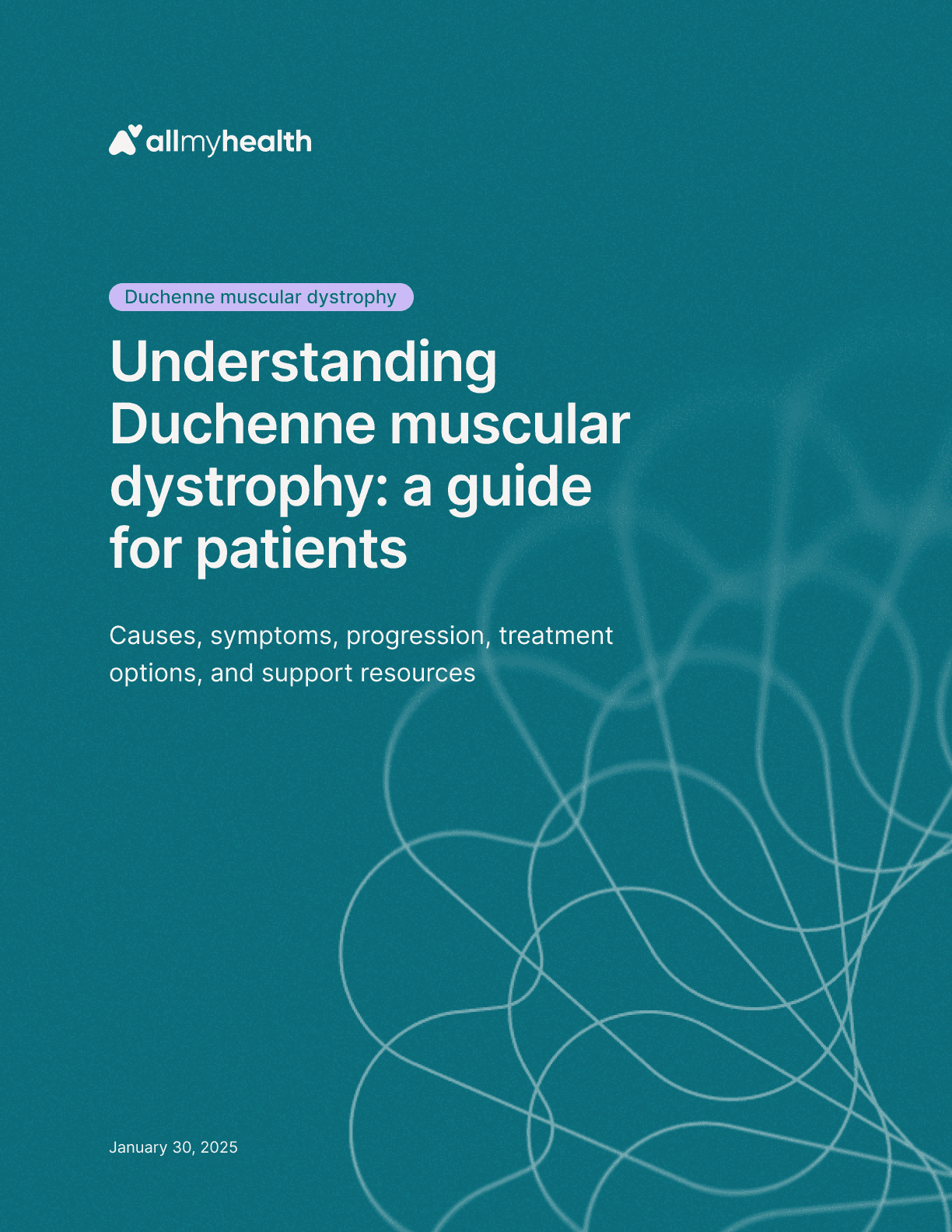
Duchenne muscular dystrophy
·
Understanding Duchenne muscular dystrophy: a guide for patients
Jan 30, 2025
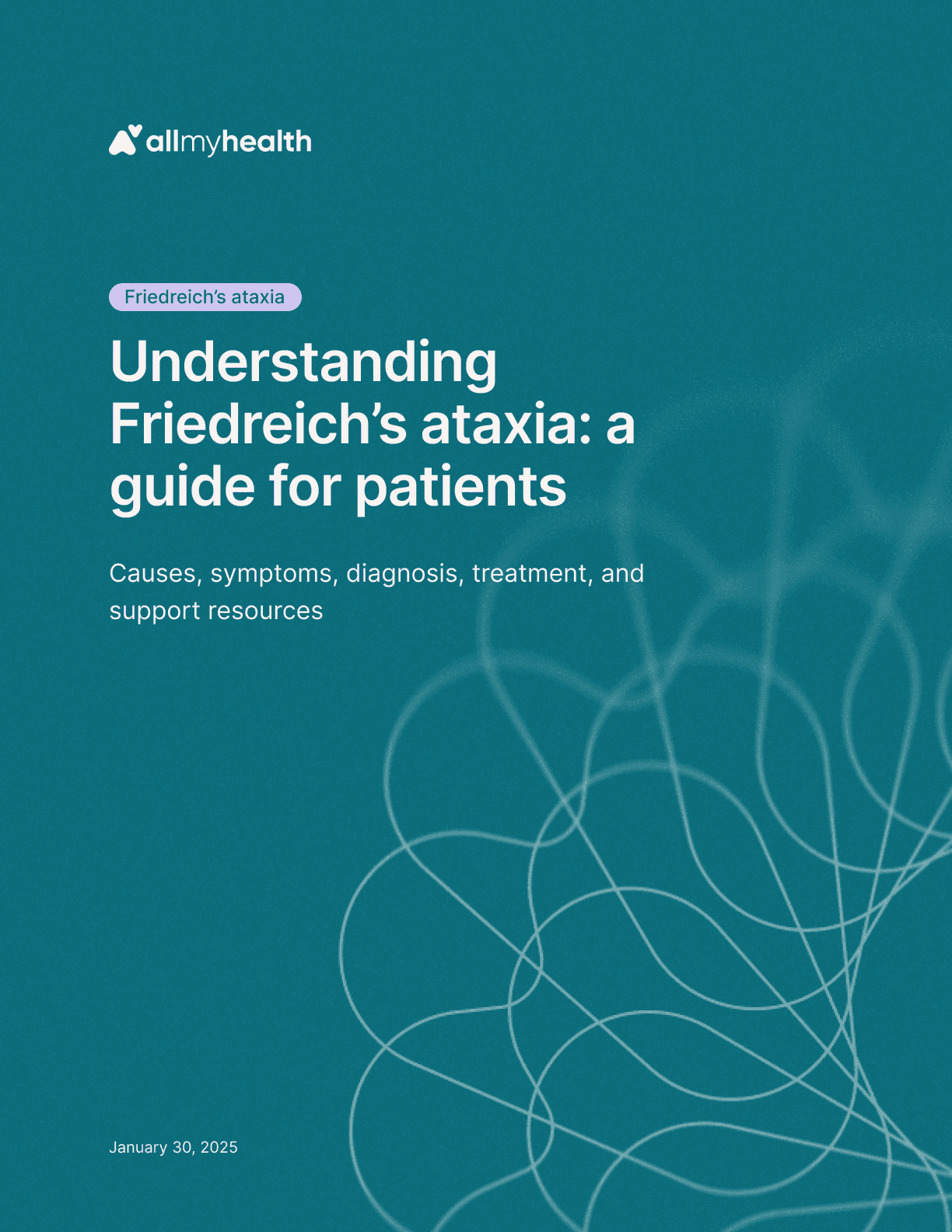
Friedreich's ataxia
·
Understanding Friedreich's ataxia: a guide for patients
Jan 30, 2025

Hemophilia
·
Understanding hemophilia: a guide for patients
Jan 30, 2025
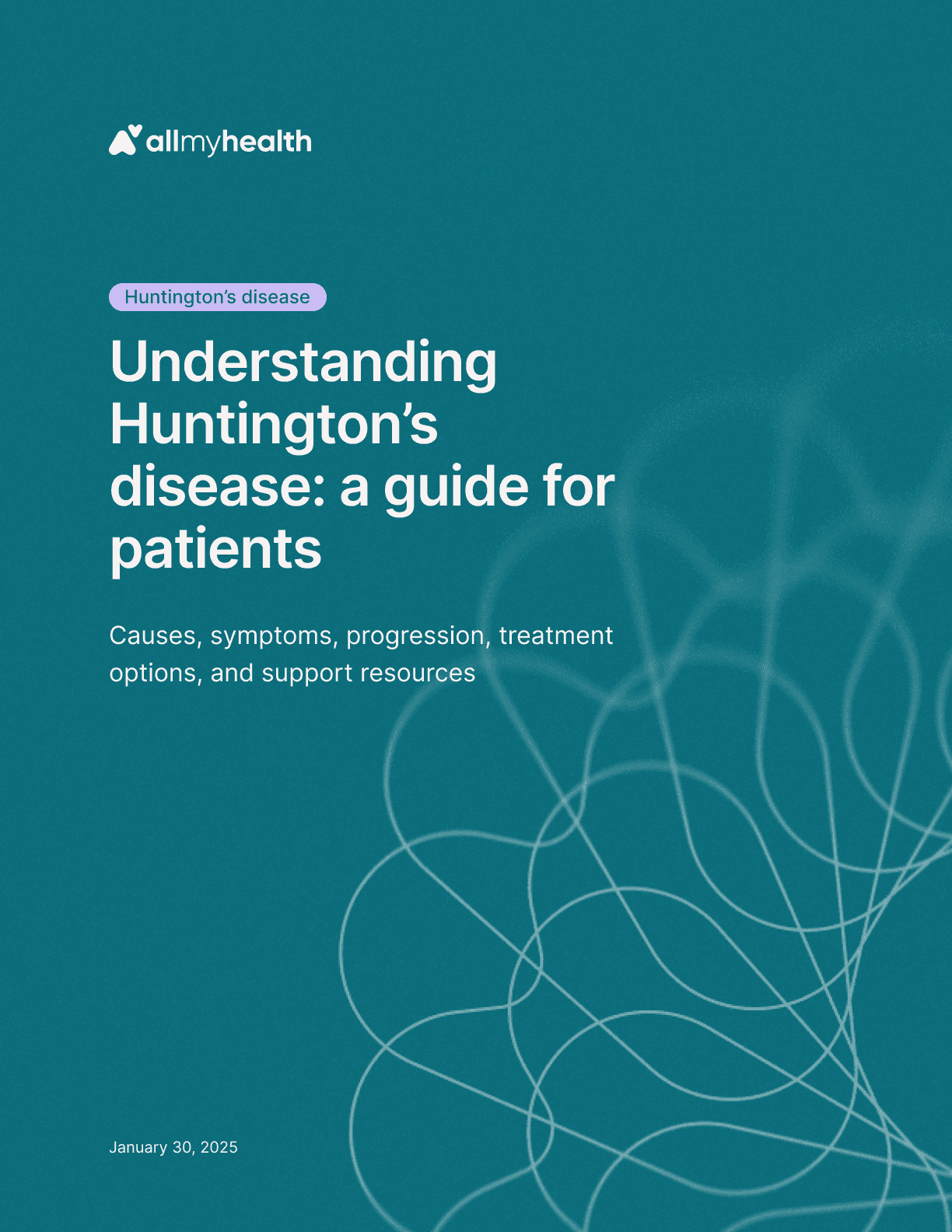
Huntington's disease
·
Understanding Huntington’s disease: a guide for patients
Jan 30, 2025
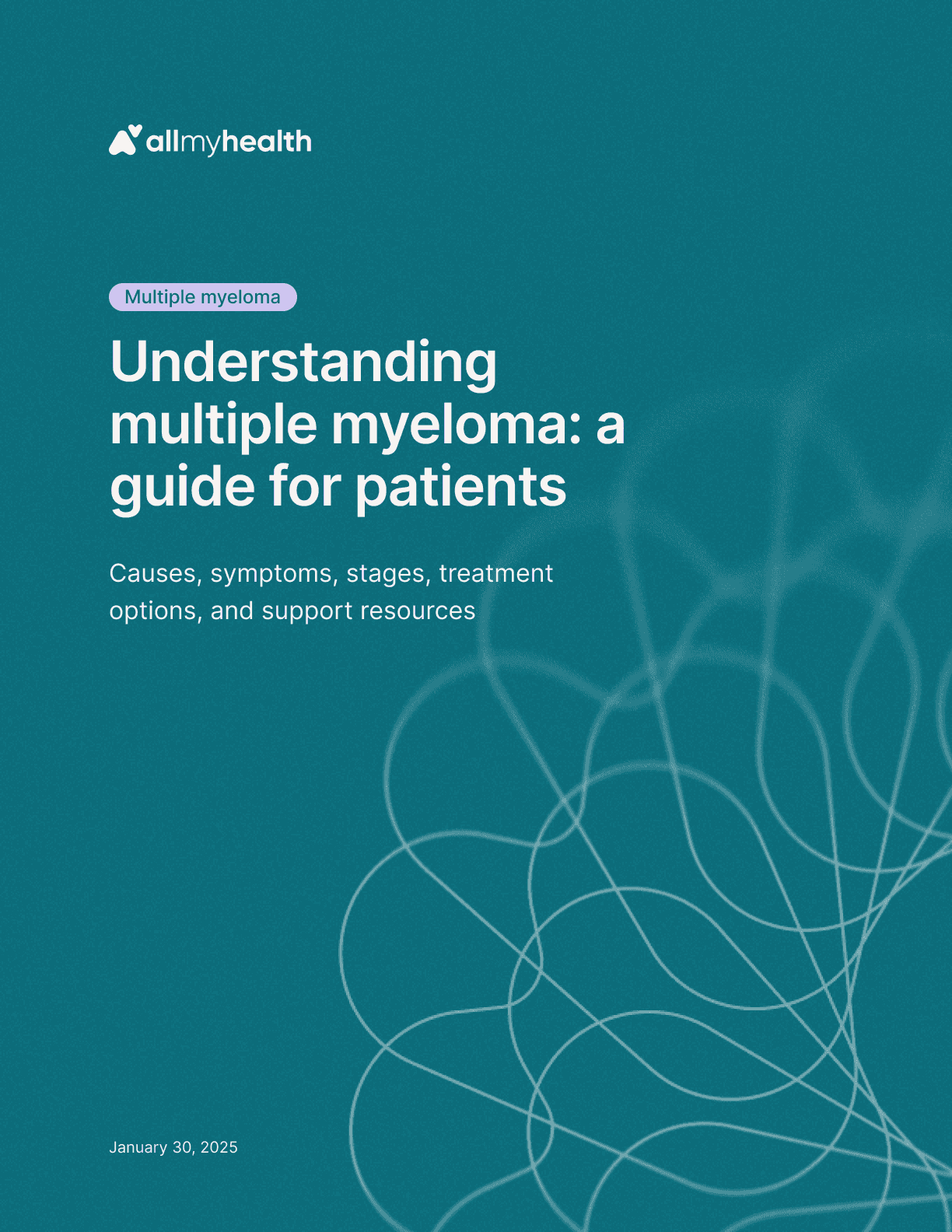
Multiple myeloma
·
Understanding multiple myeloma: a guide for patients
Jan 30, 2025

Primary biliary cholangitis
·
Understanding primary biliary cholangitis: a guide for patients
Jan 30, 2025
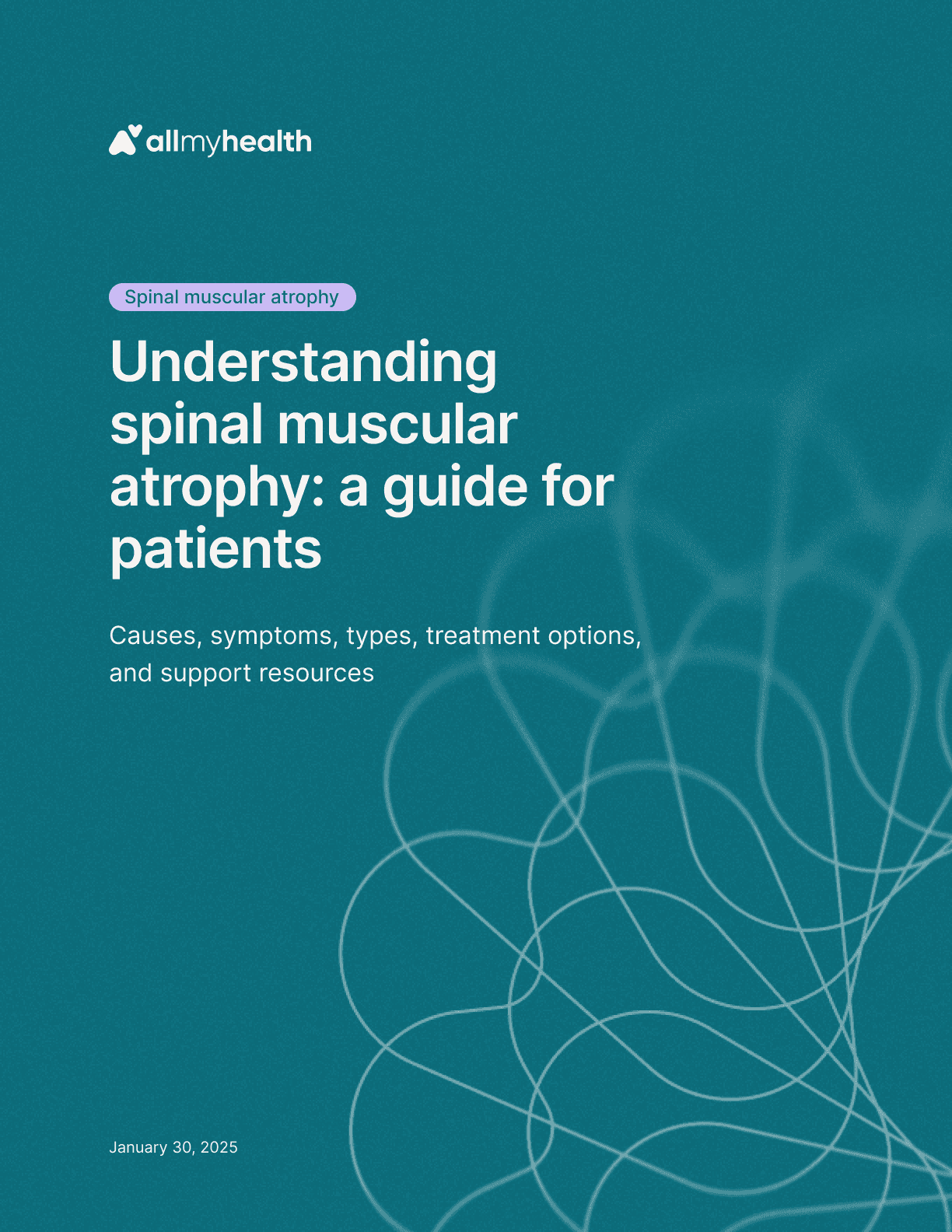
Spinal muscular atrophy
·
Understanding spinal muscular atrophy: a guide for patients
Jan 30, 2025

Amyotrophic lateral sclerosis
·
Understanding amyotrophic lateral sclerosis: a guide for patients
Jan 23, 2025
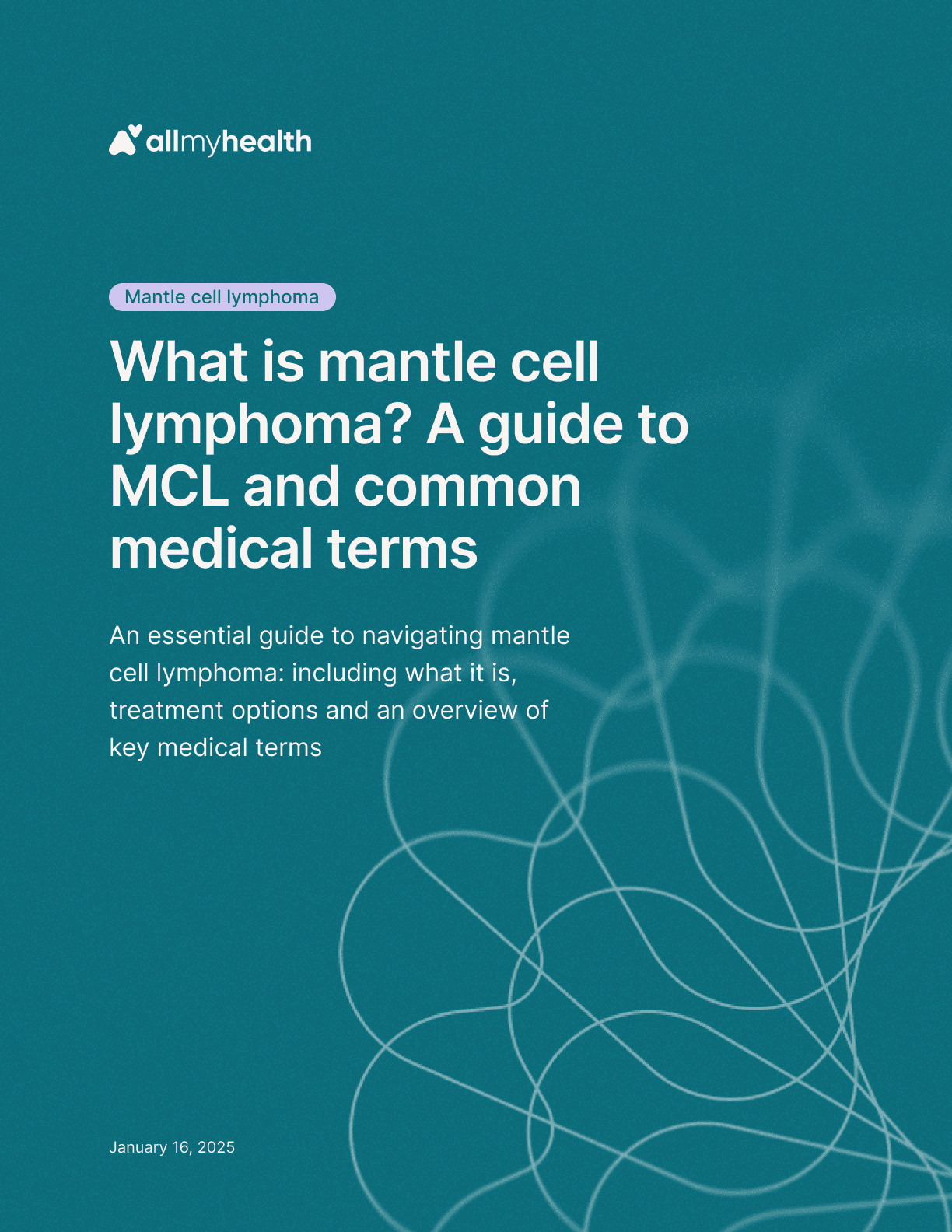
Mantle cell lymphoma
·
What is mantle cell lymphoma? A guide to MCL and common medical terms
Jan 23, 2025

Myasthenia gravis
·
Understanding myasthenia gravis: a guide for patients
Jan 23, 2025
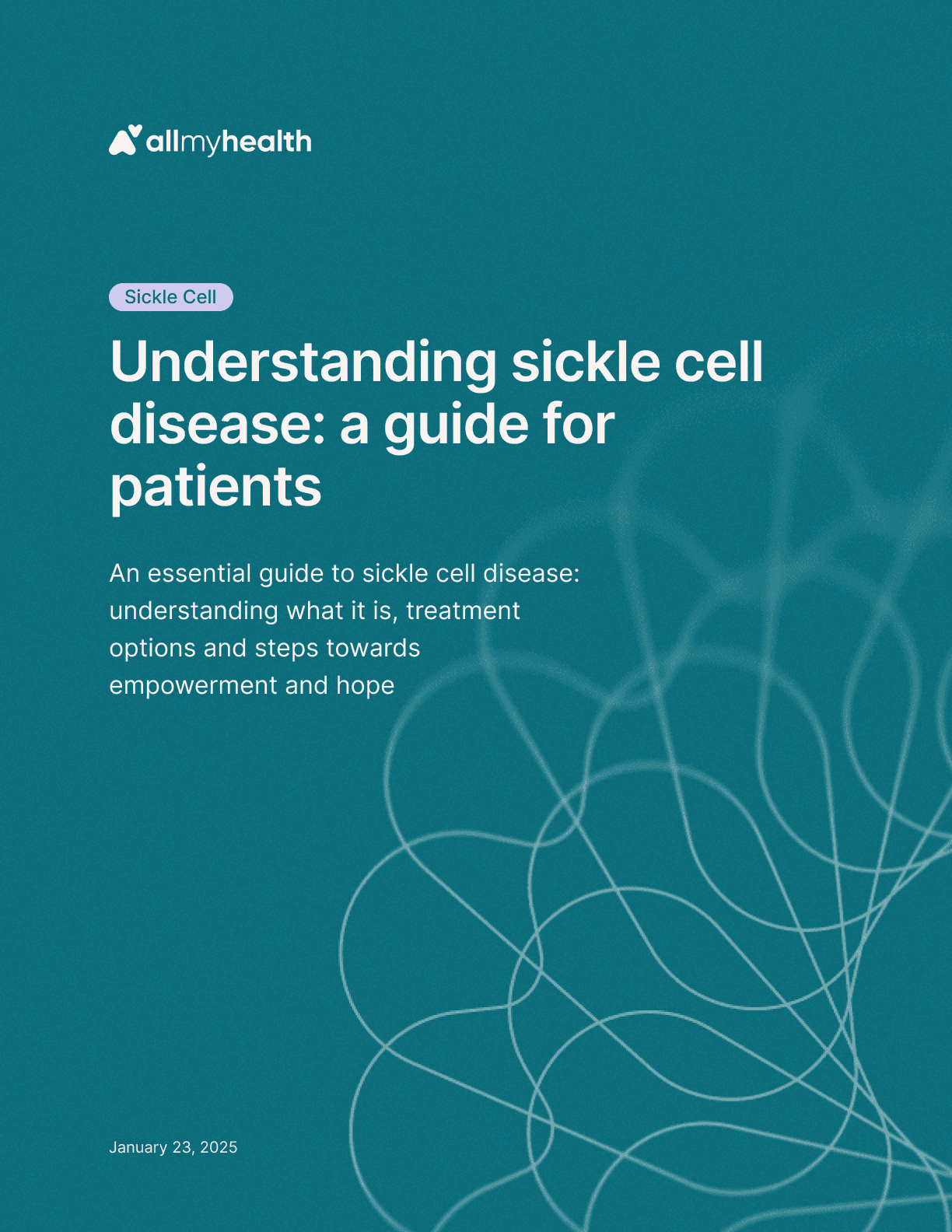
Sickle cell
·
Understanding sickle cell disease: a guide for patients
Jan 23, 2025
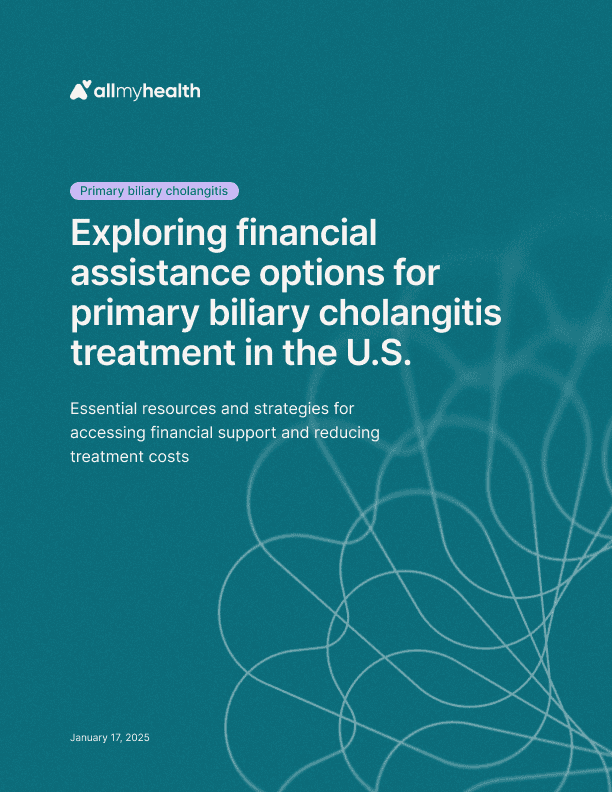
Primary biliary cholangitis
·
Exploring financial assistance options for primary biliary cholangitis treatment in the U.S.
Jan 17, 2025
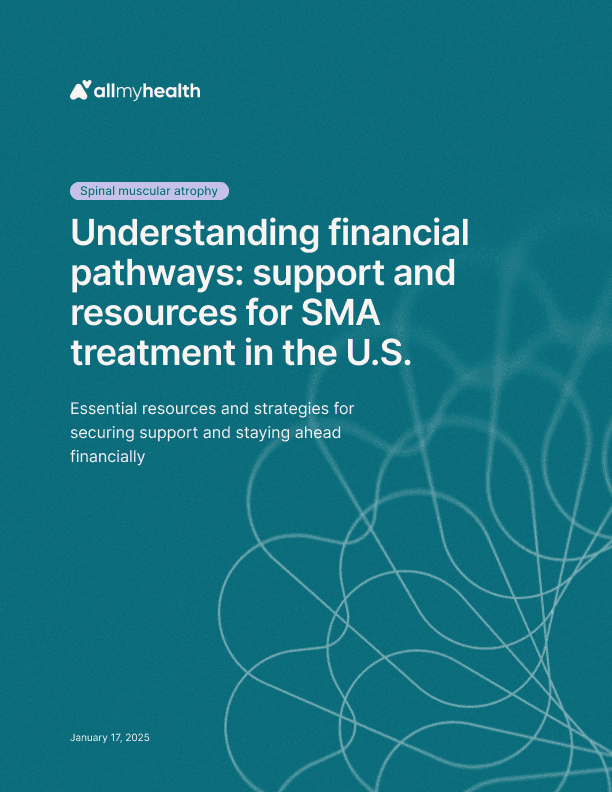
Spinal muscular atrophy
·
Understanding financial pathways: support and resources for SMA treatment in the U.S.
Jan 17, 2025

Duchenne muscular dystrophy
·
Financial strategies for muscular dystrophy in the U.S.
Jan 17, 2025

Hemophilia
·
Navigating financial assistance for hemophilia treatment in the U.S.
Jan 17, 2025
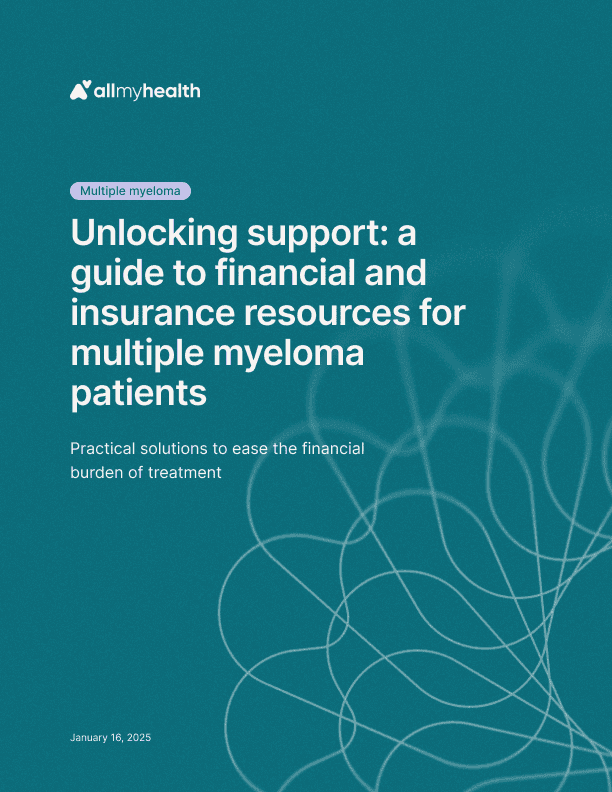
Multiple myeloma
·
Unlocking support: a guide to financial and insurance resources for multiple myeloma patients
Jan 17, 2025

Friedreich's ataxia
·
Navigating Friedreich’s ataxia in the U.S.: a practical guide to support and financial planning
Jan 17, 2025
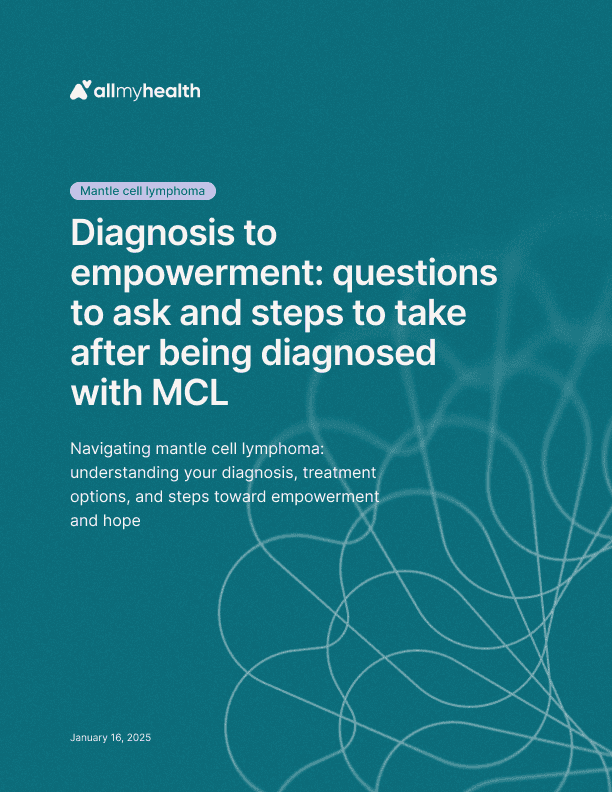
Mantle cell lymphoma
·
Diagnosis to empowerment: questions to ask and steps to take after being diagnosed with MCL
Jan 16, 2025

Amyotrophic lateral sclerosis
·
Finding joy and purpose in the face of ALS
Jan 16, 2025

Sickle cell
·
Thriving through the challenges: tips for managing school, work, and family with sickle cell disease
Jan 16, 2025
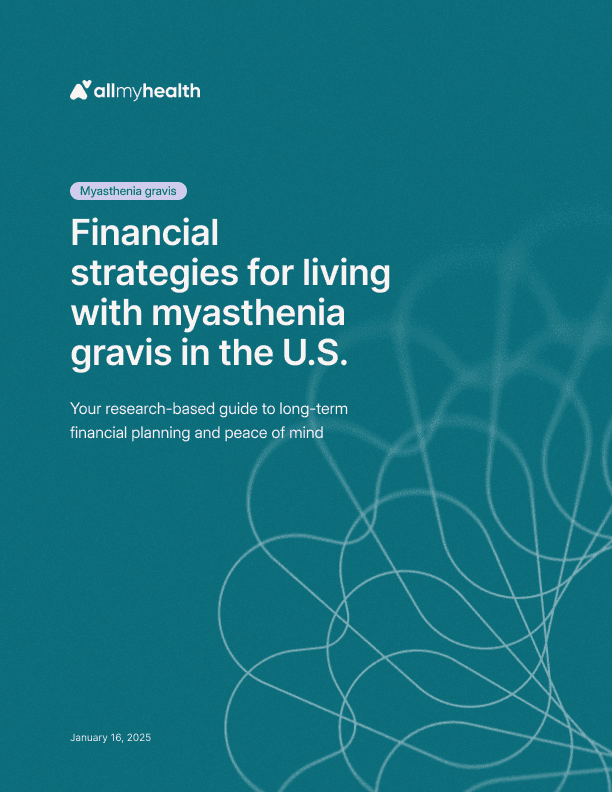
Myasthenia gravis
·
Financial strategies for living with myasthenia gravis in the U.S.: a guide to long-term planning
Jan 16, 2025